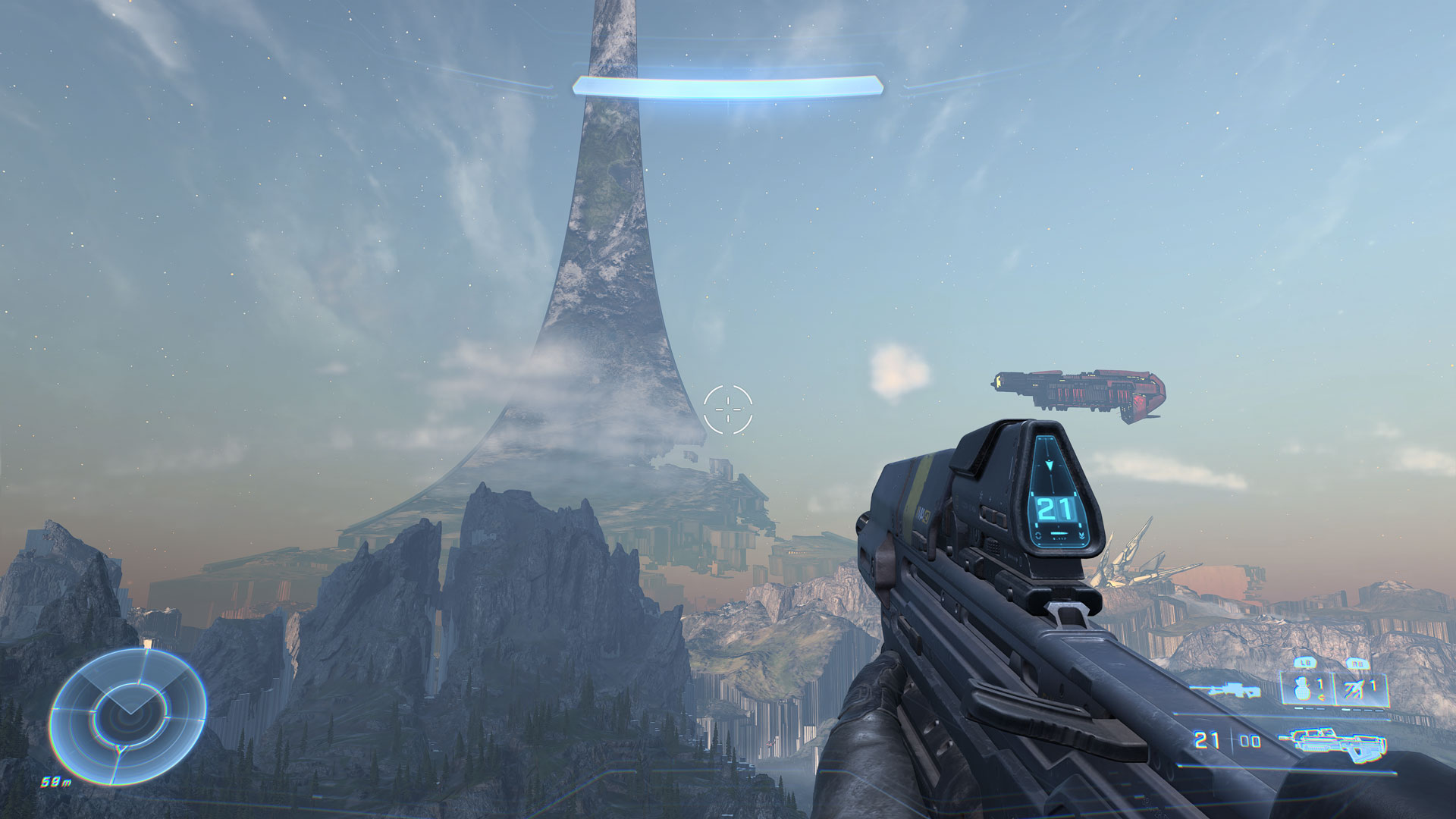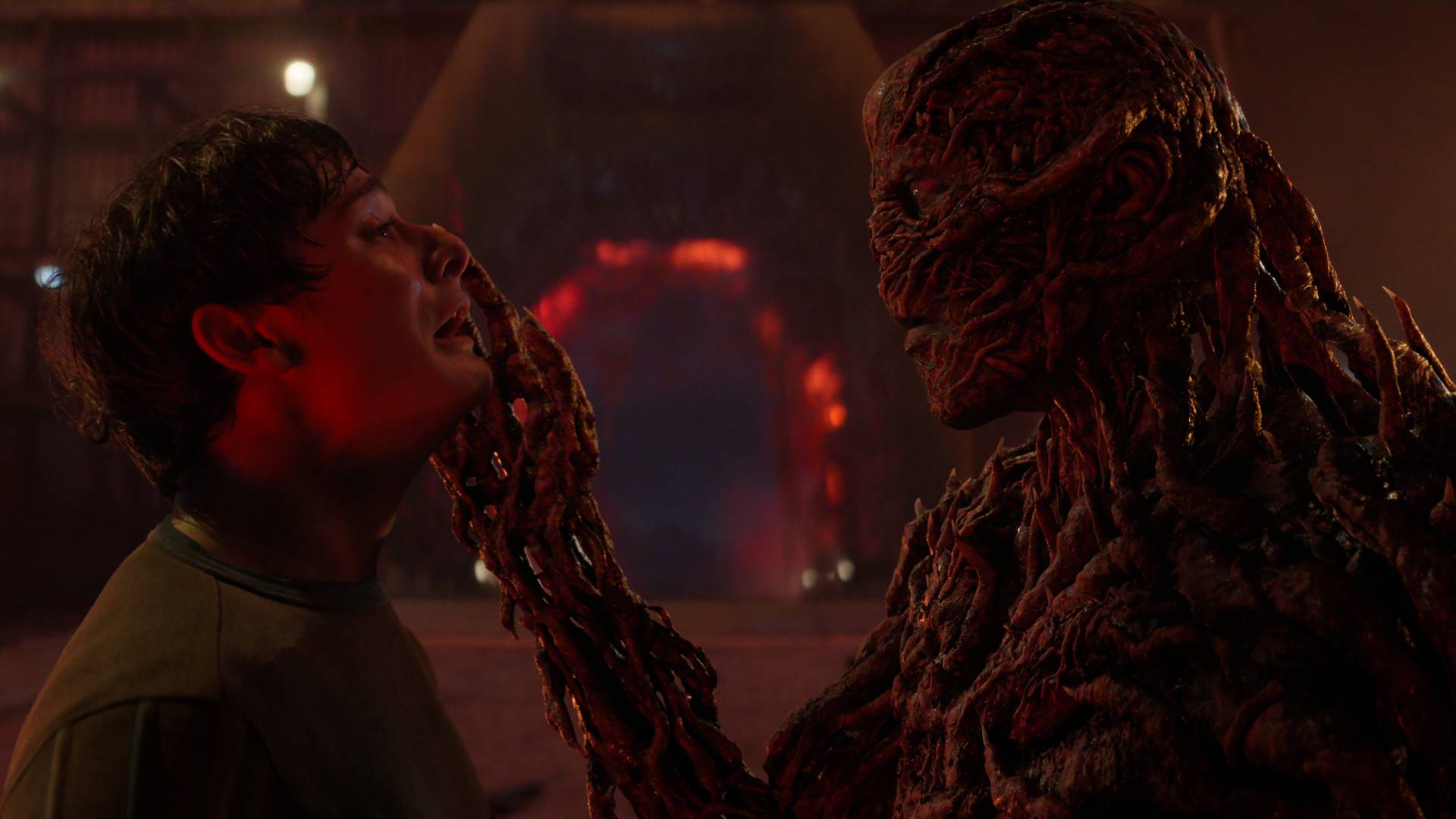GamesRadar+ Verdict
Halo Infinite celebrates a 20-year legacy with style and smartly outlines the foundations for future expansion – and it's the best Halo has been in quite some time
Pros
- +
Combat feels fantastic
- +
Wide-open world works for Halo
- +
The Grapple Shot is a revelation
Cons
- -
Story can be messy
- -
No co-op at launch
- -
Most equipment is redundant
Why you can trust GamesRadar+
Halo Infinite feels like a homecoming. 343 Industries was faced with what should have been an impossible challenge: to celebrate a 20-year legacy while outlining the foundations for future adventures. And so there's another ringed world to explore and a new Smart AI companion to shine a little light in its darkest corners; a new extinction event for humanity to narrowly circumvent and yet another fight for Master Chief to threaten to one day finish. Halo Infinite is Halo as you remember it; Halo Infinite is Halo as you've never seen it before.
While 343 may have been at the helm of this series for a decade now, it never felt as if the studio truly understood what it had in its hands. Halo 4 was too thematically familiar, Halo 5: Guardians too mechanically expansive, and the scars left by the corrosive launch of The Master Chief Collection never healed over for many in the community. In Halo Infinite, the response to such a sustained campaign of criticism is one of deliberate defiance.
Halo Infinite is a spirited return to the familiar fundamentals that underpinned Combat Evolved, reclaiming a sense of discovery that, while once at the heart of Halo, has gradually withered over time. It's a truly expansive experience too, shoving Spartan-117 out of the small sandboxes he's been so comfortable playing in for all these years to encourage exploration of the entire playground. And tying it all together is a free-to-play multiplayer component which pulls players across three platforms into one shared, competitive arena. It's an undeniably bold package.
Waging war
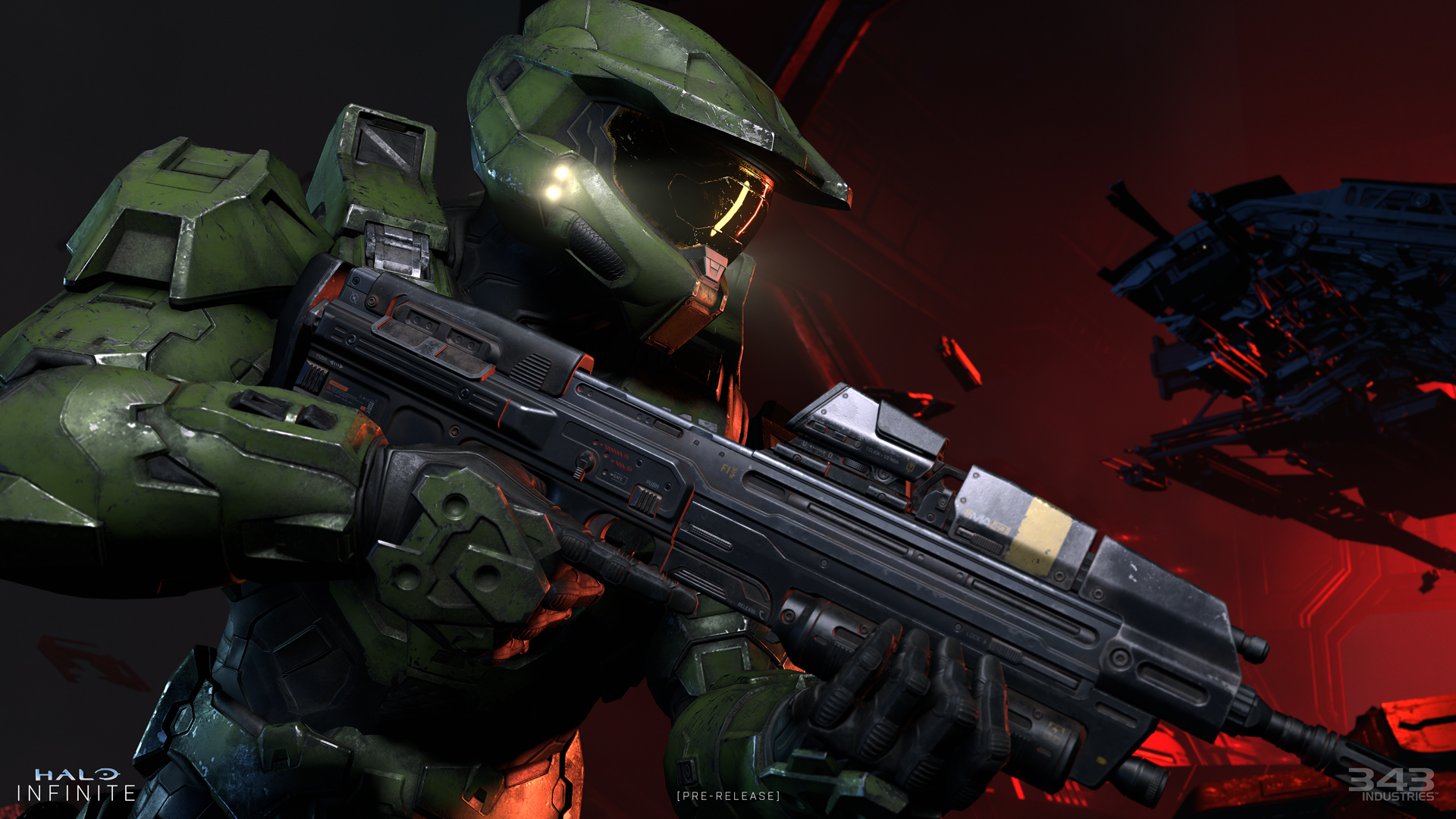
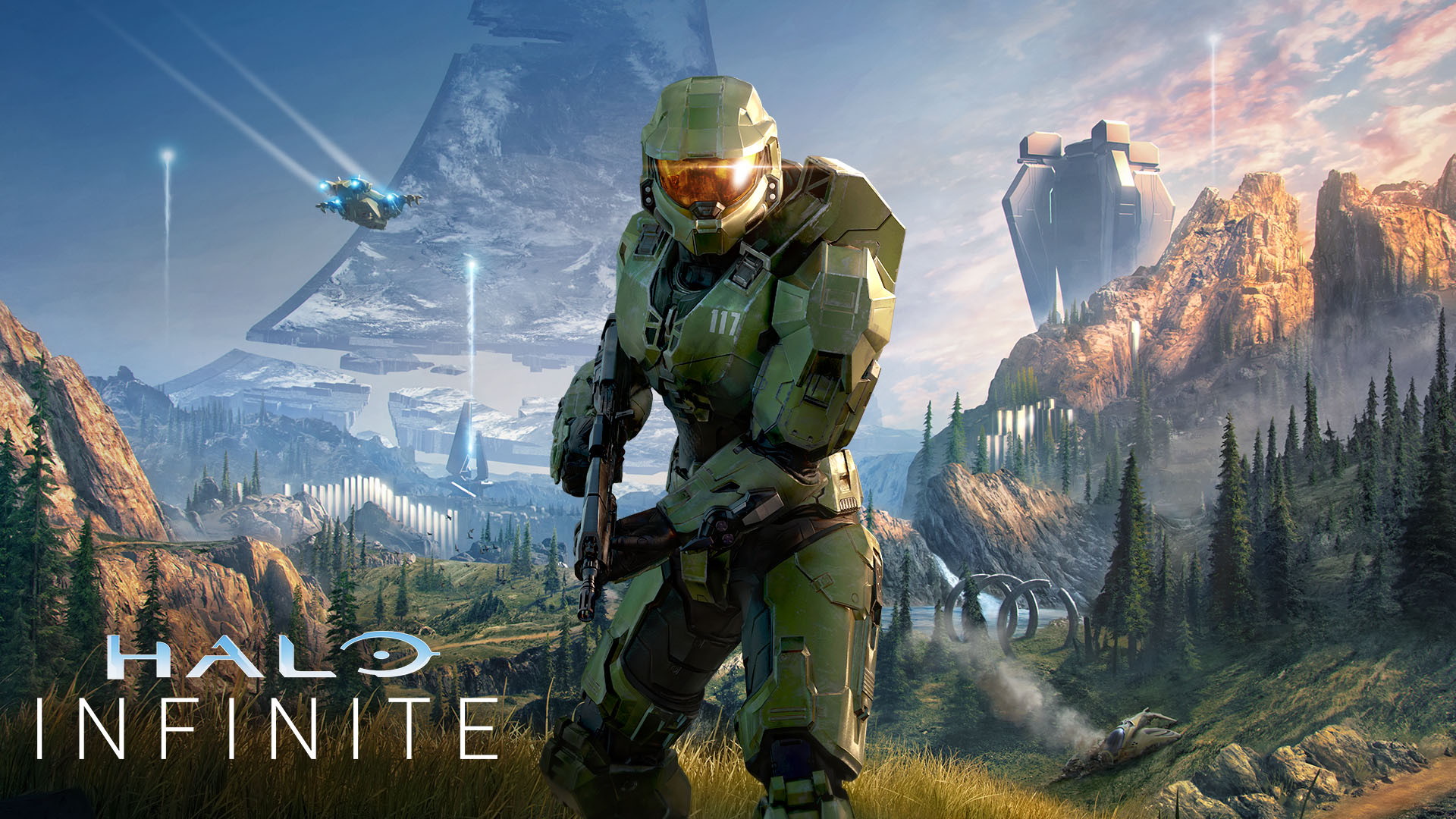
Release date: December 8, 2021
Platforms: Xbox Series X, Xbox One, PC
Developer: 343 Industries
Publisher: Xbox Game Studios
Halo Infinite kicks off with the war against the Banished already lost, with the loose coalition of Covenant exiles already entrenched on Zeta Halo – having spent six months steadily pulling apart the last remnants of the UNSC as it works to piece a fractured Installation 07 back together again. Master Chief is tasked with getting planetside and battling back the Banished frontline, fighting for inches of ground as he chases the ghosts of his past.
Infinite is set 18-months after the devastating conclusion to Halo 5: Guardians and, aside from a handful of collectible audio logs detailing life aboard the UNSC Infinity, it isn't all that interested in exploring what happened in the interim. 343 has made a concerted effort to strip Halo down to its essentials, to make it more manageable for players coming in without two decades of lore committed to memory: there's a super soldier to control, a hostile alien world to tame, and a blue-hued hologram to befriend.
It's in this stranglehold where Halo Infinite struggles under the weight of its own legacy. Players new to Halo won't be properly equipped to appreciate much of the drama at the heart of Infinite's overarching narrative, while series veterans will likely lament the absence of so many supporting characters – many of whom have become so intrinsic to the feel of the Halo universe. But for those that have been with Chief since the beginning, the story satisfyingly resolves an arc that's been steadily building since Halo 2 – even if the road to reach the end can be a little bumpy at times. And, yes, you may well cry by the time the credits roll.
The way 343 tells this story is a break from convention. Halo Infinite eschews the breakneck, cinematic structure that the series has dutifully followed since its beginning, but that isn't necessarily a bad thing. Core missions unfurl within beautifully-lit corridors and perfectly-staged sandboxes, just as well as they always have done, but Chief now has the opportunity to explore the world around him between the litany of lengthy boss battles and tiresome monologues.
Weekly digests, tales from the communities you love, and more
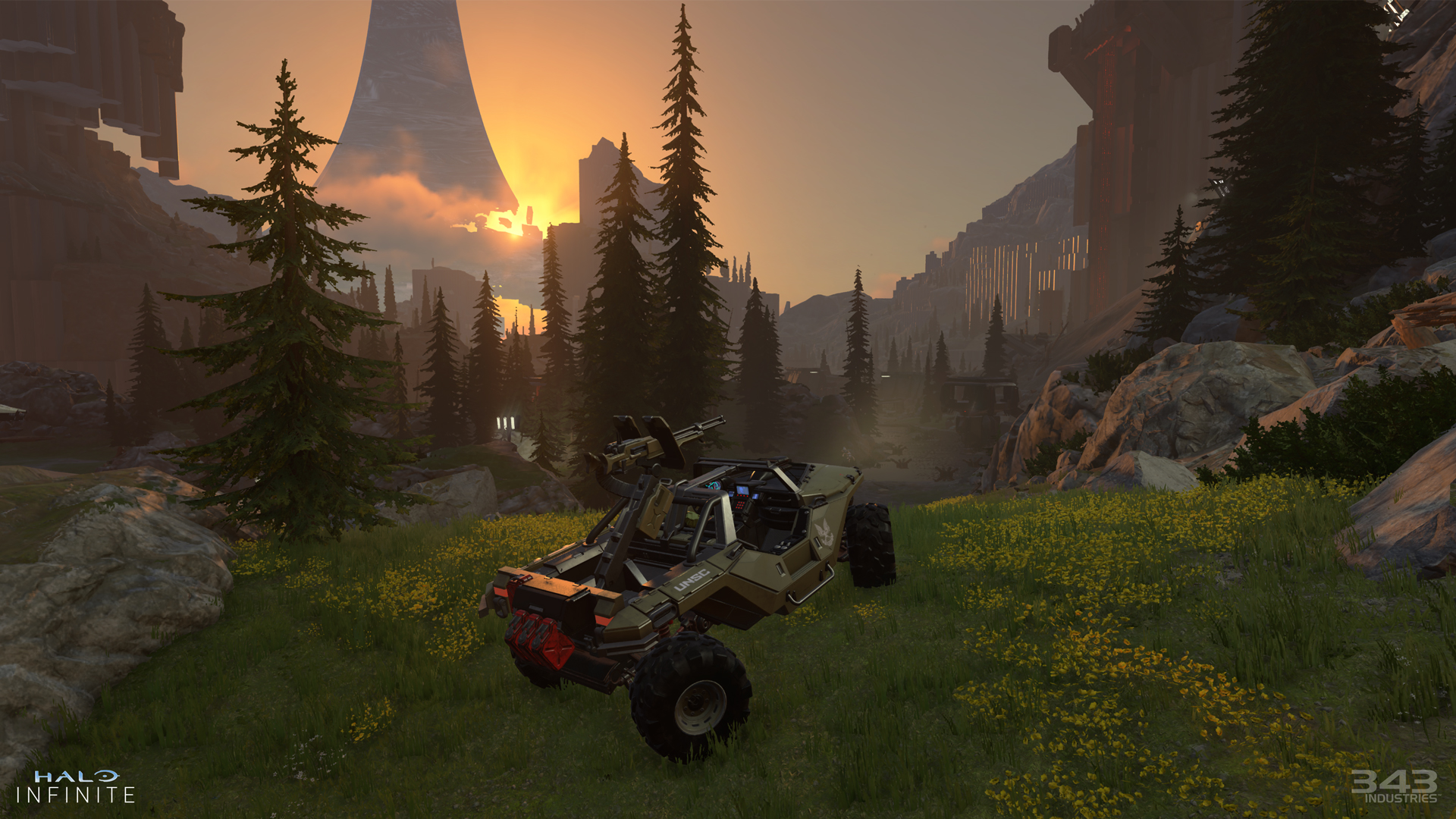
The influence of Combat Evolved missions like 'Arriving on Halo' and 'The Silent Cartographer' are clear, informing the vibe and visual aesthetic of Halo Infinite's world and the pace at which you're able to move through it. Much like the game that started the series, most of the action plays out beneath a truly stunning skybox, dominated by an awe-inspiring alien superstructure that bends off into the stratosphere. While Halo Infinite lacks the level of polish and visual detailing you may expect from a flagship Xbox Series X experience, Installation 07 can be an undeniably beautiful space to spend your time on.
Zeta Halo isn't an "open world" in how we traditionally think about them in this era; it isn't as large or as loud as the spaces presented in Borderlands, Fallout, or Far Cry. Instead, it's spacious and stripped-back, designed to encourage gradual progression and exploration. Access to new sections of the map are granted slowly over time, gated by progression of the story, so you're never left feeling overwhelmed by the world state or by a mess of waypoints.
If you really want a traditional Halo experience, you can find it in Infinite. The world itself is largely optional, so you can restlessly barrel down the golden path if you want to – bookending each linear mission with a short drive in a Warthog and the occasional fight with roving packs of sharply-written, and surprisingly tough, Elite, Grunts, and Jackals. If Bungie had the technology and resources to build an open world back in 2001, you have to imagine that it would have looked something like this.
Exploring Zeta Halo
Of course, focusing on the critical path would miss the point entirely. You'll want to spend time exploring Zeta Halo because it is a world worth exploring. Not because it floods you with points-of-interest, but because it is a naturally curious landscape. It's fun to look around, to use the new Grapple Shot to quickly scale the environment, or to jump behind the wheel of your favorite vehicle and go off searching for hidden Skulls on mountaintops and other secrets in shadowy loot caves. You never know what you might find, or what opportunities to engage the Banished might arise, when you're out in the wilderness.
The structure and pacing of the world smartly reflects Chief's struggle. While he is working against the clock to disable the Installation, he's also trying to gain a foothold against the Banished and rally what little is left of the UNSC around him. As a result, each section of the map contains a handful of overrun Forward Operating Bases to reclaim, and Banished Strongholds that need to be taken offline.
The FOBs effectively act as anchor points for exploration. Recapture a base and it will reveal optional objectives and collectibles in your immediate vicinity – Marines can be rescued (and later recruited for combat-ops); Banished bounty targets will relinquish fun weapon variants once defeated; Spartan Cores can be collected and used to upgrade your equipment (such as your Shields or Grapple Shot), while Weapon Lockers will unlock unique cosmetics for use in multiplayer. It's all extremely manageable, and the cycle of moving into an area, capturing an FOB, clearing the space of waypoints, and then moving onto the next was enjoyable all throughout my 18-hour playtime.
FOBs can also be used to requisition unlocked weapons and vehicles, and replenish your ammunition. It's here where Halo's dynamic shifts, as you begin equipping yourself to push against Infinite's more challenging enemy strongholds – packed to the rafters with devilishly sharp Banished forces. Historically, Halo games have typically felt open and reactive, but what you could accomplish in any of its sandbox arenas was ultimately governed by whatever weapons or vehicles 343 (and Bungie) made available to you. But in Halo Infinite, every instance of combat is interpretive.
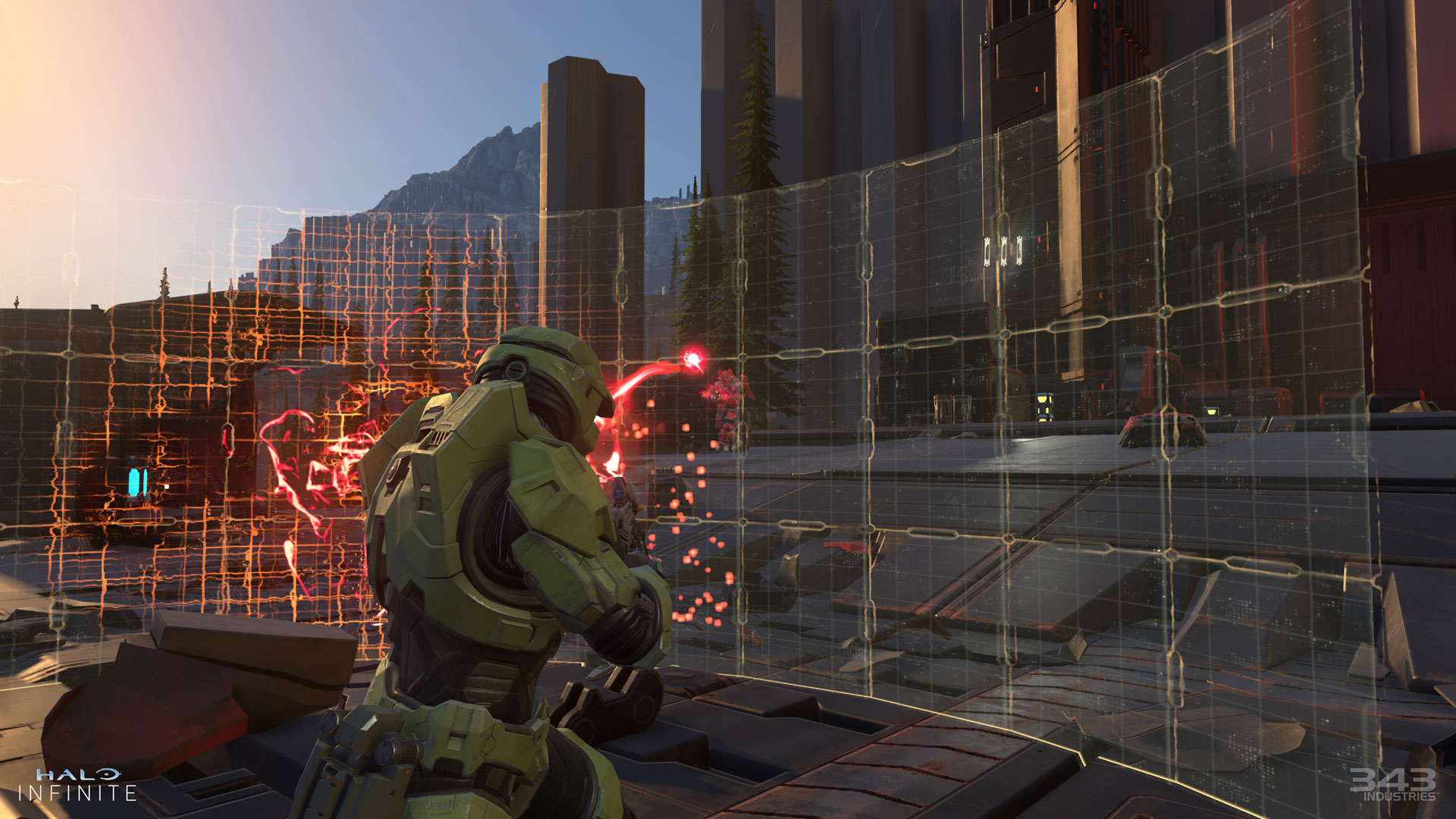
The amount of choice you have in Halo Infinite is staggering in this respect. You can park up outside a Banished facility and pick Jackals off at range with an S7 Sniper Rifle, descending into the chaos you've engineered once ammunition wears thin. Perhaps you could Grapple Shot over the defensive perimeter and begin raining M41 SPNKR rockets down on unsuspecting Brutes. Maybe you call-in a Warthog at an FOB, pack it with Marines wielding power weapons, and drive right on up to the front gates of the base with the horn blaring. Whatever your approach, the enemy AI will always respond in kind. It's challenging, it's kinetic, and it's always exhilarating.
What's impressive is that Infinite always feels like classic Halo once combat is initiated. Movement is tight and methodical, a frantic rush of gunfire, grenades, and melee strikes – your peripheral vision filled with swarming enemies across a variety of distances and verticalities. Combat may be more open-ended than ever before, and yet it retains its crafted feel – as if every encounter is tailor-made just for you, when the truth is any two players may have an entirely different experience. The absence of co-op at launch is all the more painful once the scale of Halo Infinite's combat becomes clear.
Thankfully, 343 pulled back on many of the more divisive elements introduced in Halo 5: Guardians. While Master Chief is still able to sprint, mantle, and aim-down-sights of every firearm, the Spartan abilities have been removed. No longer are you able to shoulder-charge enemies, unleash ground pound attacks, or use stabilizers to hover in mid-air. The focus is back to moving fast and building momentum, strafing in and out of fire as the sound of your recharging energy shield dominates the soundscape. Movement is grounded and tactile, even as you use the Grapple Shot to reel yourself toward aggressors or away from danger.
Speaking of equipment, while it makes a welcomed return to play from Halo 3, much of it is perfunctory. Not only is it fiddly to switch between your unlocks with the D-Pad, particularly in the middle of frantic combat encounters, but it's only the Grapple Shot that has any real utility. The Drop Wall is a faint echo of the Bubble Shield, the Thrusters are only useful on the rare occasion a pair of Hunters emerge, while the Threat Sensor is rarely worth the effort of equipping it. And that's even after you upgrade the lot with collected Spartan Cores. Truth be told, the Grapple Shot is such a revelatory addition – expanding the scope of play so successfully both in and out of combat – that there's rarely any point switching away from it.
Finish the fight

Halo Infinite is an undeniable good time. Movement is weighty and tactile, retaining the grounded feel that's inherent to all good Halo games, without sacrificing any of your agility or mobility. Combat is fast and reactive, with enemy AI constantly pushing you to utilize everything around you for survival – equipment, weapons, and even the environment itself. The decision to shift Halo's long-established traditions into a sprawling open-ended sandbox only works to expand the scope of play in its favor.
Against impossible odds, Halo Infinite is both a familiar celebration of two decades of adventures with Master Chief and an expansive foundation for future evolution. 343 has siphoned the spirit of Combat Evolved and modernized it, delivering the best Halo campaign in quite some time in the process. Whether you're a series veteran coming in to finish another fight, or a new player landing on Zeta Halo to start one, this is one adventure you should jump right into.
Halo Infinite was reviewed on Xbox Series X, with code provided by the publisher.

Josh West is the Editor-in-Chief of GamesRadar+. He has over 15 years experience in online and print journalism, and holds a BA (Hons) in Journalism and Feature Writing. Prior to starting his current position, Josh has served as GR+'s Features Editor and Deputy Editor of games™ magazine, and has freelanced for numerous publications including 3D Artist, Edge magazine, iCreate, Metal Hammer, Play, Retro Gamer, and SFX. Additionally, he has appeared on the BBC and ITV to provide expert comment, written for Scholastic books, edited a book for Hachette, and worked as the Assistant Producer of the Future Games Show. In his spare time, Josh likes to play bass guitar and video games. Years ago, he was in a few movies and TV shows that you've definitely seen but will never be able to spot him in.
